Gold dust refining is a critical process in the precious metals industry, transforming raw gold dust into pure, marketable gold. This process not only enhances the value of the gold but also ensures that it meets the stringent quality standards required for commercial use. Understanding how a gold dust refinery operates is essential for stakeholders in the mining and metallurgy sectors, as well as for investors looking to enter the gold market. In this article, we will explore the fundamental processes involved in gold dust refining, the key equipment utilized, the step-by-step workflow of a refinery operation, and the environmental and safety considerations that must be taken into account. Additionally, we will highlight the role of SBM Company in providing essential equipment for gold dust refineries, including crushers and mills that enhance operational efficiency.
The gold dust refining process begins with the collection of raw gold dust, which is often obtained from mining operations. This dust typically contains impurities, including other metals and minerals, which must be removed to achieve a high purity level. The refining process generally involves several stages, including concentration, smelting, and electrolysis. Each of these stages plays a vital role in separating gold from other materials and ensuring that the final product meets industry standards.
Concentration is the first step in the refining process, where the gold dust is mixed with water and chemicals to separate the gold particles from the waste material. This is often achieved through methods such as gravity separation or flotation. Once the gold is concentrated, it undergoes smelting, where it is heated to high temperatures in a furnace. This process melts the gold and allows for the separation of impurities, which can be removed as slag. The result is a more refined form of gold that is ready for further purification.
The final stage of the refining process is electrolysis, where the molten gold is subjected to an electric current in a solution that contains gold ions. This process deposits pure gold onto a cathode, resulting in a product that is typically 99.99% pure. Understanding these basic processes is crucial for anyone involved in the gold industry, as it lays the foundation for the operational aspects of a gold dust refinery.
A gold dust refinery relies on a variety of specialized equipment and technologies to ensure efficient and effective refining processes. One of the most critical pieces of equipment is the crusher, which is used to break down large chunks of ore into smaller, more manageable pieces. SBM Company offers a range of crushers designed for heavy-duty applications, ensuring that the initial stages of gold processing are both efficient and cost-effective.
In addition to crushers, mills play a significant role in the refining process. These machines are used to grind the crushed ore into a fine powder, which increases the surface area for chemical reactions during the concentration phase. SBM’s mills are engineered to provide high throughput and energy efficiency, making them ideal for gold dust refineries looking to optimize their operations. The combination of crushers and mills from SBM ensures that the raw materials are processed effectively, setting the stage for successful refining.
Other essential equipment includes furnaces for smelting and electrolytic cells for the final purification stage. Advanced technologies, such as automated monitoring systems and process control software, are also increasingly being integrated into gold dust refineries to enhance operational efficiency and reduce human error. By utilizing state-of-the-art equipment and technologies, refineries can achieve higher yields and better quality gold, ultimately leading to increased profitability.
The workflow of a gold dust refinery can be broken down into several key steps, each of which is crucial for achieving the desired purity of the final product. The process begins with the receipt of raw gold dust, which is then analyzed to determine its composition and the best refining method to employ. This initial analysis is essential for optimizing the refining process and ensuring that the appropriate equipment is used.
Once the analysis is complete, the gold dust is subjected to crushing and milling to reduce its size and prepare it for concentration. After milling, the material is mixed with water and chemicals to facilitate the separation of gold from impurities. This concentration phase may involve various techniques, such as gravity separation or flotation, depending on the specific characteristics of the gold dust being processed. The concentrated material is then transferred to the smelting furnace, where it is heated to high temperatures to remove remaining impurities.
After smelting, the molten gold is poured into molds and allowed to cool. The next step involves electrolysis, where the cooled gold is placed in an electrolytic cell to achieve the final level of purity. Once the electrolysis process is complete, the pure gold is removed, and the refinery can package and sell the final product. This step-by-step workflow highlights the complexity of gold dust refining and the importance of each stage in achieving high-quality results.
As with any industrial process, gold dust refining presents certain environmental and safety challenges that must be addressed to ensure sustainable operations. The use of chemicals in the concentration phase, for example, can pose risks to both workers and the surrounding environment if not managed properly. It is essential for refineries to implement strict safety protocols and utilize appropriate personal protective equipment (PPE) to minimize exposure to hazardous substances.
Additionally, the smelting process generates emissions that can contribute to air pollution if not adequately controlled. Gold dust refineries must invest in advanced emission control technologies, such as scrubbers and filters, to capture harmful pollutants before they are released into the atmosphere. By adhering to environmental regulations and implementing best practices, refineries can reduce their ecological footprint and promote a safer working environment.
SBM Company recognizes the importance of environmental and safety considerations in gold dust refining and offers equipment designed to enhance operational safety and reduce environmental impact. For instance, our crushers and mills are engineered with safety features that minimize the risk of accidents during operation. By prioritizing safety and sustainability, gold dust refineries can not only protect their workers and the environment but also enhance their reputation and long-term viability in the industry.
In conclusion, understanding how a gold dust refinery operates is essential for anyone involved in the precious metals industry. From the basic refining processes to the key equipment and technologies used, each aspect plays a vital role in producing high-quality gold. The step-by-step workflow highlights the complexity of the operation, while the environmental and safety considerations underscore the importance of responsible practices in the industry. SBM Company is proud to offer a range of heavy industrial equipment, including crushers and mills, that support gold dust refineries in achieving their operational goals while prioritizing safety and sustainability. By investing in the right equipment and adhering to best practices, refineries can enhance their efficiency and contribute to a more sustainable future in gold refining.
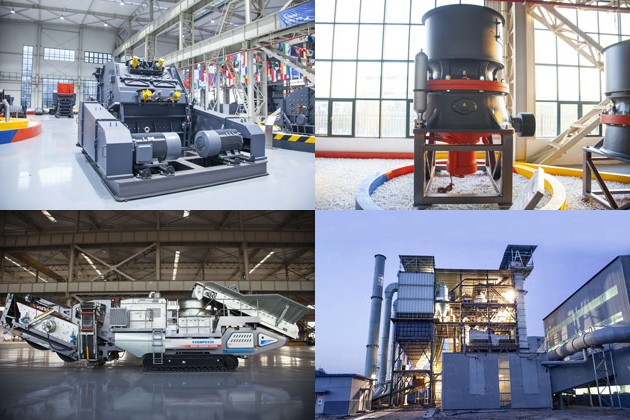
Discover whether bauxite crushers in Tanzania are the ideal choice for your crushing needs. Explore key features, advantages, and compare options, including SBM’s bauxite crushers Tanzania crusher for sale, tailored to optimize your bauxite processing operations.
View More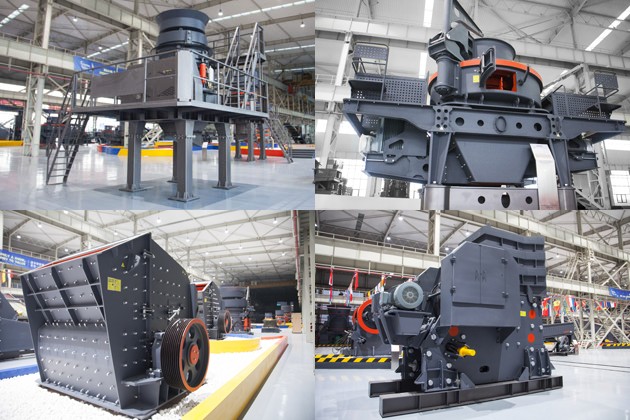
Discover the benefits of a mini crusher plant and learn key considerations for choosing the right machine crusher for sale. Explore how Sbm’s innovative solutions can meet your business needs efficiently and cost-effectively.
View More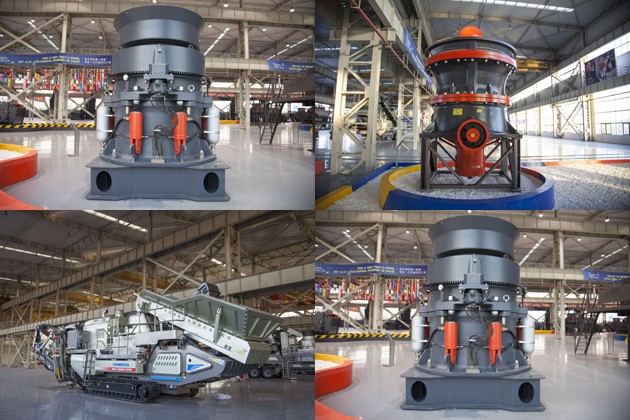
Discover where to find the best brick machine for sale in Africa. Explore leading manufacturers, essential features to consider, and top marketplaces to maximize your investment in high-quality brick-making machinery.
View More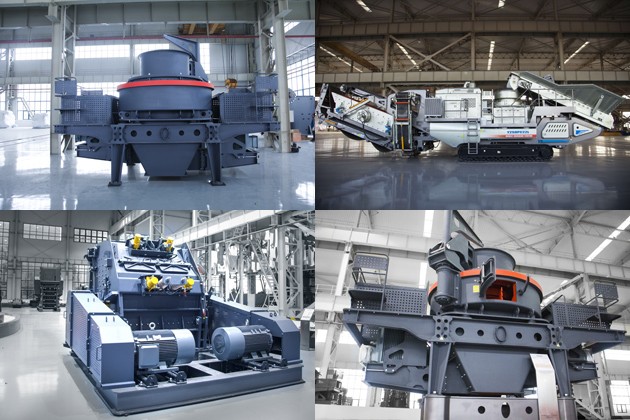
Discover the most reliable ball milling machine maker in our comprehensive article. We evaluate leading manufacturers, key features, customer reviews, and highlight SBM’s superior equipment for industrial applications. Optimize your milling processes today!
View MoreWe value your feedback! Please complete the form below so that we can tailor our services to your specific needs.

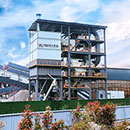
B6X Belt Conveyor adopts C-type steel as the main beam. It takes the modular structure and uses optimized headstock and tailstock. It is equipped with reversed V-type adjustable supporting legs. The whole machine is stable and compact and can be easily installed. It is an ideal upgrading and substitute product of traditional belt conveyor.
GET QUOTE